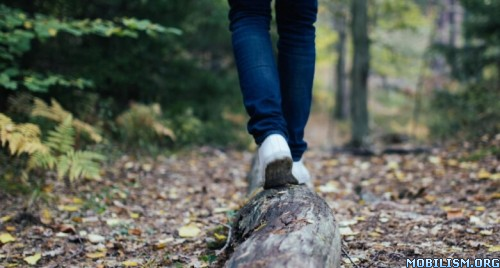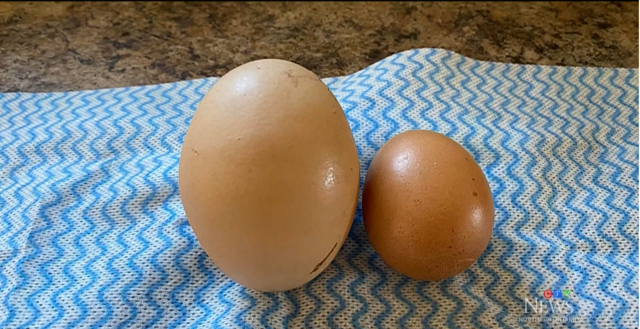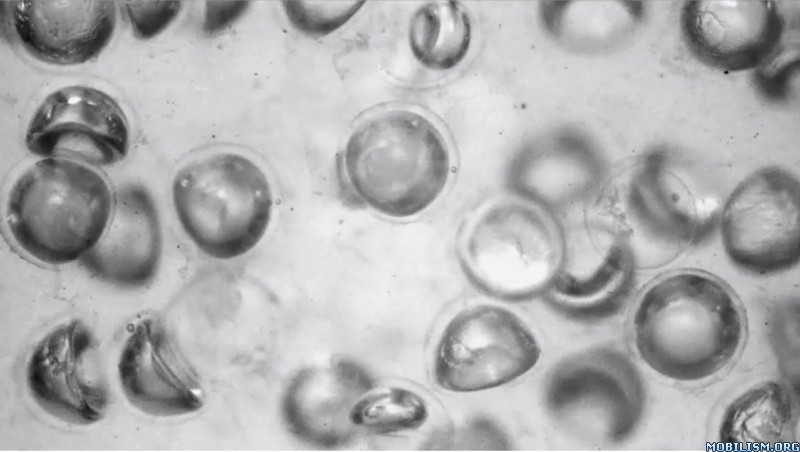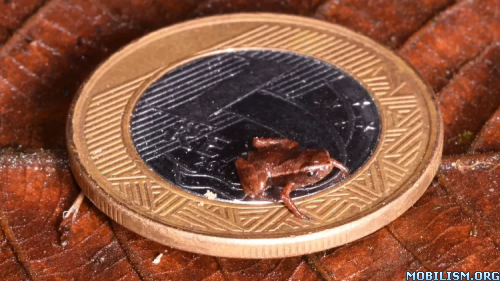Where did the koala cross the road? Ironman Australia, of course
Sam Appleton set a new course record, while first year pro Regan Hollioake took the women's race ... but a koala almost stole the show.
Leave it to the koala to try and steal the show! With a new course record and a rookie win highlighting the pro races, a local koala bear managed to garner lots of attention at this weekend’s Ironman Australia race.
Runners in this year's Ironman Australia triathlon at Port Macquarie got a surprise as they made their way through the challenging final leg on the New South Wales Mid North Coast.
During the race, a koala known in the area as “Big Boy” decided that he needed to cross the run course at one point to get to a gum tree for a snack.

The moment was captured on camera by local resident Jason Hannah, who lives near the triathlon course.
He said Big Boy, was familiar to him.
"He lives behind our place, so we see him every day, he goes over there every couple of days and sits in the gum trees on the riverside," he said.
"Everybody leaves him alone, they let him do his own thing … he's one of the residents, really."
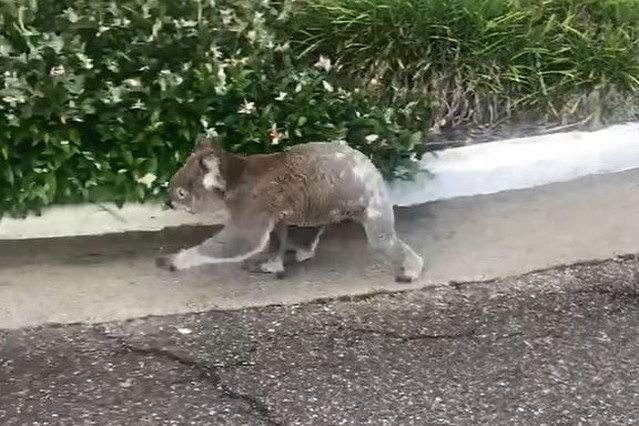
Local resident Jason Hannah has dubbed the koala "Big Boy".
Mr Hannah posted a video of the koala on social media and said he received thousands of responses. (Video can be seen here)
Cheyne Flanagan, an advisor with Koala Conservation Australia, said she had seen the video and the koala appeared to be in good health.
"It looked to me to be a young male and looked to be in excellent condition, which was great to see," she said.
"It was on a mission, heading straight across the road to a forest red gum on the riverbank.
"Urban koalas are well and truly conditioned to humans … you wouldn't have that happen with wild koalas in the bush, no way in the world would they come anywhere near, but urban koalas know what people are."

Koalas face habitat loss pressure
Ms Flanagan said while it was encouraging to see a healthy male koala, it reflected the struggles koalas faced in urban areas.
"Urban koalas and ones in rural areas are not doing so well, they are continuing to decline at an alarming rate.
"The number of koalas being hit by cars recently has been concerning … it's also the rise in disease and disease tends to get manifested in areas where habitat has been disturbed."
Ms Flanagan said the NSW government, under the NSW Koala Strategy, was trying to restore as much habitat as possible.
"People can also play a part, by slowing down when driving in known koala areas, and calling wildlife carers if they see an injured animal," she said.
Sam Appleton set a new course record, while first year pro Regan Hollioake took the women's race ... but a koala almost stole the show.
Leave it to the koala to try and steal the show! With a new course record and a rookie win highlighting the pro races, a local koala bear managed to garner lots of attention at this weekend’s Ironman Australia race.
Runners in this year's Ironman Australia triathlon at Port Macquarie got a surprise as they made their way through the challenging final leg on the New South Wales Mid North Coast.
During the race, a koala known in the area as “Big Boy” decided that he needed to cross the run course at one point to get to a gum tree for a snack.

The moment was captured on camera by local resident Jason Hannah, who lives near the triathlon course.
He said Big Boy, was familiar to him.
"He lives behind our place, so we see him every day, he goes over there every couple of days and sits in the gum trees on the riverside," he said.
"He walks around like he owns the joint.
"Everybody leaves him alone, they let him do his own thing … he's one of the residents, really."

Local resident Jason Hannah has dubbed the koala "Big Boy".
Mr Hannah posted a video of the koala on social media and said he received thousands of responses. (Video can be seen here)
Cheyne Flanagan, an advisor with Koala Conservation Australia, said she had seen the video and the koala appeared to be in good health.
"It looked to me to be a young male and looked to be in excellent condition, which was great to see," she said.
"It was on a mission, heading straight across the road to a forest red gum on the riverbank.
"Urban koalas are well and truly conditioned to humans … you wouldn't have that happen with wild koalas in the bush, no way in the world would they come anywhere near, but urban koalas know what people are."

Koalas face habitat loss pressure
Ms Flanagan said while it was encouraging to see a healthy male koala, it reflected the struggles koalas faced in urban areas.
"Urban koalas and ones in rural areas are not doing so well, they are continuing to decline at an alarming rate.
"The number of koalas being hit by cars recently has been concerning … it's also the rise in disease and disease tends to get manifested in areas where habitat has been disturbed."
Ms Flanagan said the NSW government, under the NSW Koala Strategy, was trying to restore as much habitat as possible.
"People can also play a part, by slowing down when driving in known koala areas, and calling wildlife carers if they see an injured animal," she said.
